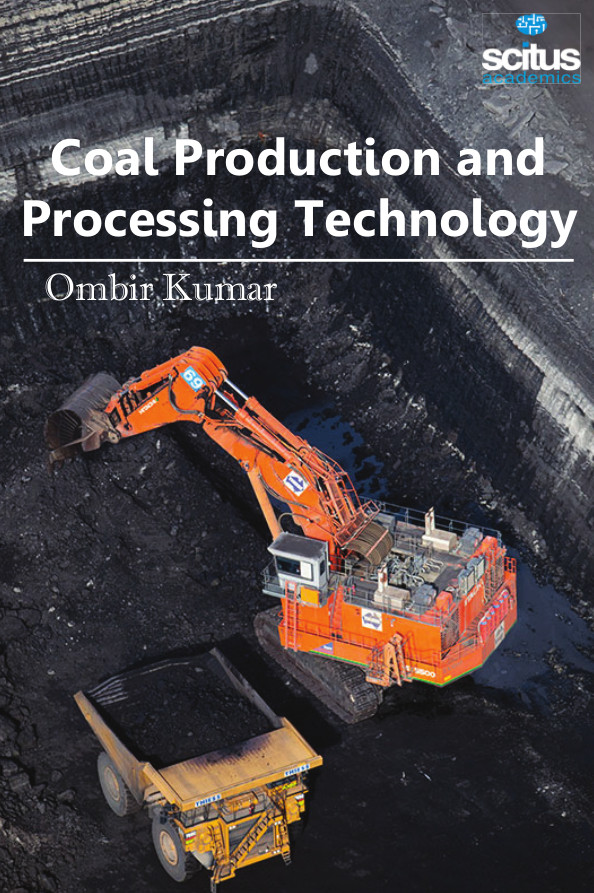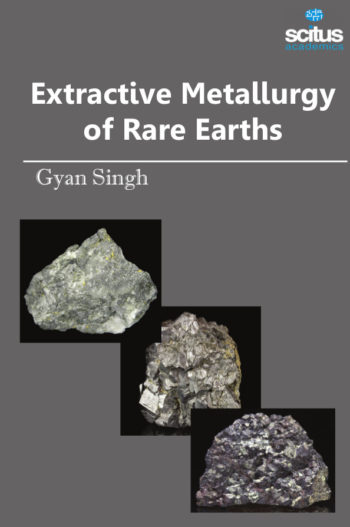Coal is one of the cheapest and most reliable sources of energy, and as demand soars new technology will be crucial. With global demand for coal widely expected to rise over the next 20 years. Modern mining methods allow us to easily reach most of our coal reserves. Due to growth in surface mining and improved mining technology, the amount of coal produced by one miner in one hour has more than tripled since 1978. Surface mining is used to produce most of the coal because of less expensive than underground mining. Surface mining can be used when the coal is buried less than 200 feet underground. In surface mining, giant machines remove the top-soil and layers of rock to expose large beds of coal. Once the mining is finished, the dirt and rock are returned to the pit, the topsoil is replaced, and the area is replanted. The land can then be used for croplands, wildlife habitats, recreation, or offices or stores. Underground mining, sometimes called deep mining, is used when the coal is buried several hundred feet below the surface. Some underground mines are 1,000 feet deep. To remove coal in these underground mines, miners ride elevators down deep mine shafts where they run machines that dig out the coal. After coal comes out of the ground, it typically goes on a conveyor belt to a preparation plant that is located at the mining site. The plant cleans and processes coal to remove dirt, rock, ash, sulfur, and other unwanted materials, increasing the heating value of the coal.
Coal Production and Processing Technology delivers exclusively comprehensive analysis of the state-of-the-art coal technologies used in everything from mining to greenhouse gas mitigation.













